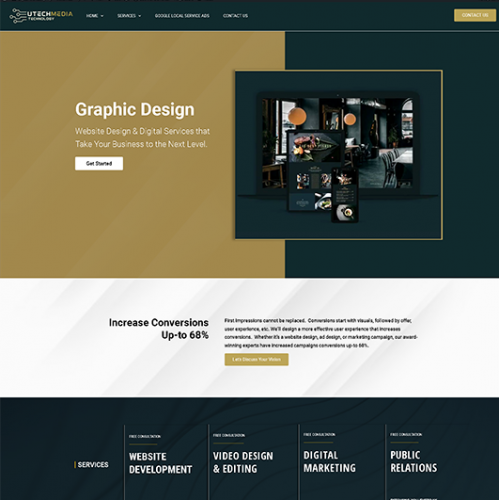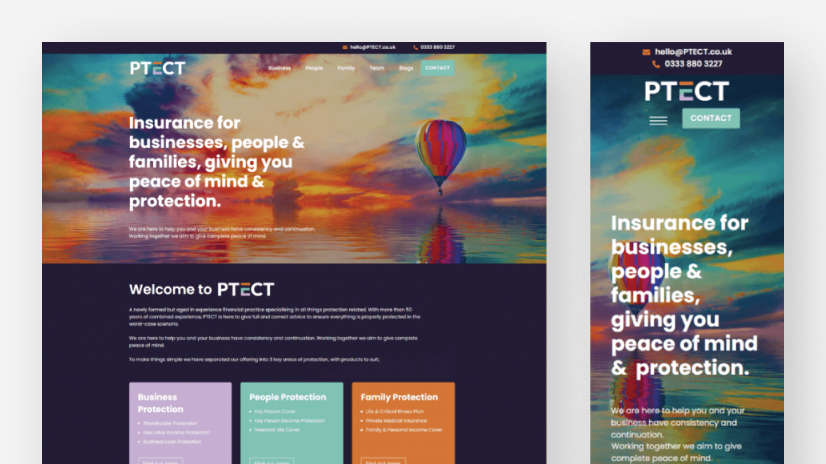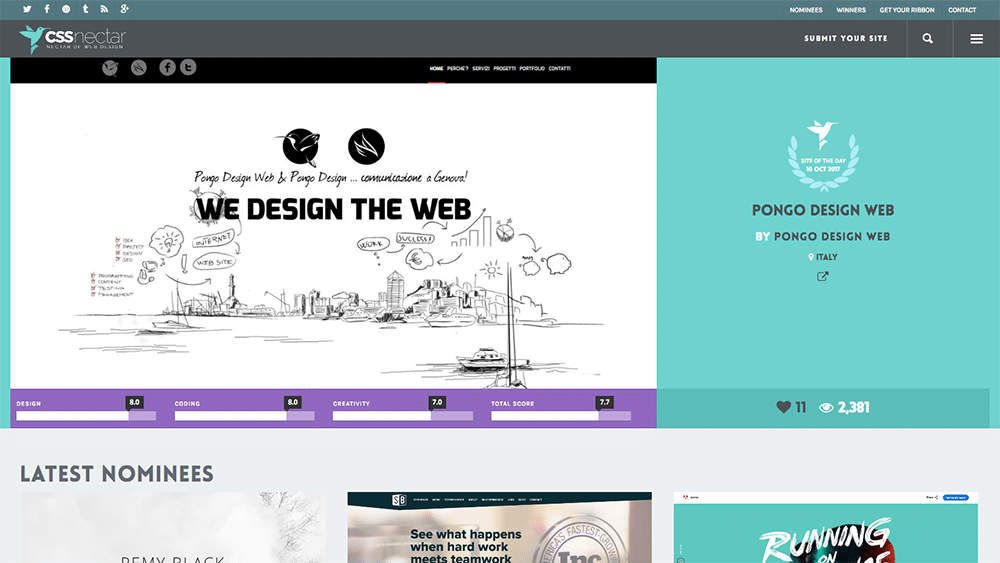Vital Principles of Web Site Layout: Developing User-Friendly Experiences
By focusing on customer requirements and preferences, developers can promote interaction and satisfaction, yet the effects of these principles extend past simple functionality. Recognizing exactly how they intertwine can dramatically affect a site's total efficiency and success, prompting a more detailed examination of their individual functions and cumulative impact on customer experience.

Significance of User-Centered Style
Prioritizing user-centered layout is crucial for creating effective internet sites that satisfy the needs of their target market. This strategy puts the user at the center of the layout procedure, making certain that the web site not only operates well yet likewise resonates with customers on a personal level. By recognizing the individuals' behaviors, objectives, and preferences, designers can craft experiences that cultivate engagement and complete satisfaction.

In addition, embracing a user-centered style philosophy can cause boosted availability and inclusivity, satisfying a varied audience. By taking into consideration numerous individual demographics, such as age, technical efficiency, and social histories, designers can develop web sites that rate and practical for all.
Inevitably, prioritizing user-centered style not just improves user experience however can additionally drive essential company outcomes, such as increased conversion rates and client loyalty. In today's competitive digital landscape, understanding and focusing on customer requirements is an important success factor.
Intuitive Navigation Frameworks
Effective site navigating is frequently an essential variable in improving customer experience. Instinctive navigating structures enable individuals to discover info rapidly and efficiently, reducing aggravation and enhancing engagement.
To develop instinctive navigation, developers need to prioritize quality. Tags should be familiar and detailed to individuals, preventing jargon or ambiguous terms. An ordered framework, with main classifications resulting in subcategories, can better help individuals in comprehending the relationship in between different areas of the website.
Furthermore, incorporating aesthetic cues such as breadcrumbs can direct users through their navigation path, allowing them to conveniently backtrack if needed. The incorporation of a search bar likewise improves navigability, providing individuals route access to material without needing to navigate via multiple layers.
Receptive and Flexible Designs
In today's digital landscape, guaranteeing that websites work seamlessly across various tools is necessary for user contentment - Website Design. Adaptive and receptive formats are two vital techniques that allow this functionality, satisfying the varied variety of screen sizes and resolutions that customers might run into
Responsive designs use liquid grids and flexible images, permitting the web site to instantly adjust its elements based upon the screen dimensions. This technique offers a constant experience, where material reflows dynamically to fit the viewport, which is specifically helpful for mobile individuals. By making use of CSS media questions, developers can develop breakpoints that enhance the layout for different devices without the need for separate styles.
Adaptive designs, on the other hand, use predefined designs for particular display dimensions. When a customer accesses the website, the server finds the tool and offers the proper design, ensuring an enhanced experience for varying resolutions. This can result in much faster filling times and boosted efficiency, as each design is customized to the tool's capacities.
Both receptive and adaptive layouts are crucial for boosting customer involvement and fulfillment, eventually contributing to the website's total efficiency in satisfying its objectives.
Regular Visual Power Structure
Developing a consistent aesthetic pecking order is critical for guiding users through a website's web content. This principle guarantees that info exists in a manner that is both you could look here user-friendly and engaging, permitting individuals to easily browse and comprehend the product. A distinct hierarchy employs different style elements, such as dimension, spacing, contrast, and shade, to develop a clear distinction in between different kinds of material.

In addition, constant application of these visual signs throughout the web site fosters experience and trust. Customers can swiftly learn to acknowledge patterns, making their communications much more efficient. Inevitably, a strong aesthetic hierarchy not only enhances customer experience but likewise boosts overall site functionality, urging much deeper engagement and facilitating the desired actions on an internet site.
Access for All Individuals
Accessibility for all individuals is a basic aspect of site design that makes certain everyone, despite their specials needs or abilities, can engage with and take advantage of on-line web content. Designing with access in mind entails implementing methods that fit varied user needs, such as those with visual, auditory, motor, or cognitive problems.
One necessary standard is to stick to the Internet Web Content Ease Of Access Standards (WCAG), which give a structure for developing obtainable digital experiences. This great post to read consists of utilizing adequate color contrast, supplying message choices for photos, and making certain that navigating is keyboard-friendly. In addition, employing responsive layout strategies makes certain that sites work successfully across various devices and screen sizes, even more enhancing accessibility.
Another critical variable is making use of clear, concise language that avoids jargon, making content comprehensible for all customers. Involving users with assistive modern technologies, such as display visitors, requires careful attention to HTML semantics and ARIA (Available Rich Internet Applications) functions.
Ultimately, focusing on availability not only fulfills legal responsibilities but likewise expands the target market reach, fostering inclusivity and boosting individual complete satisfaction. A commitment to access reflects a devotion to creating fair digital settings for all customers.
Verdict
To conclude, the vital principles of website style-- user-centered layout, intuitive navigation, responsive formats, consistent visual power structure, and ease of access-- collectively contribute to the development of straightforward experiences. Website Design. By prioritizing individual demands and making sure that all people can efficiently engage with the website, developers improve use and foster inclusivity. These concepts not only improve individual satisfaction however additionally drive favorable business outcomes, inevitably demonstrating the important importance of thoughtful website design in today's electronic landscape
These approaches provide indispensable understandings right into customer expectations and pain points, making it possible for developers to customize the website's features and content accordingly.Effective web site navigating is typically an essential variable in improving customer experience.Developing a consistent visual pecking order is crucial for leading customers with a web site's material. Inevitably, a solid aesthetic pecking order not only enhances individual experience yet likewise enhances overall website functionality, urging deeper engagement and helping with the desired activities on a website.
These concepts not just improve customer fulfillment yet likewise drive positive organization results, inevitably showing the essential value browse around these guys of thoughtful site design in today's electronic landscape.